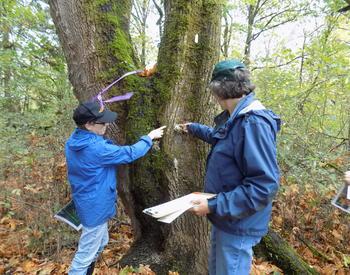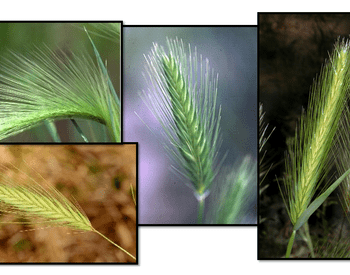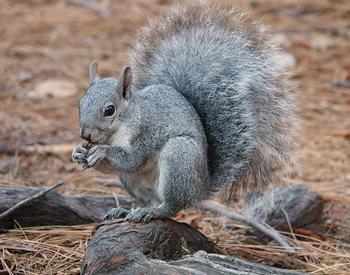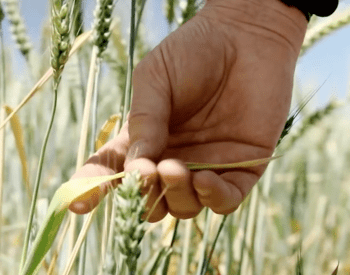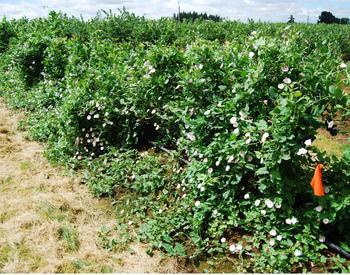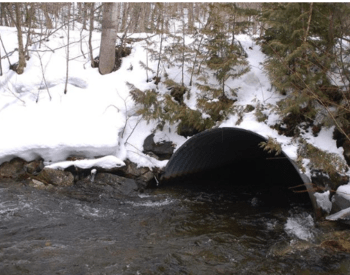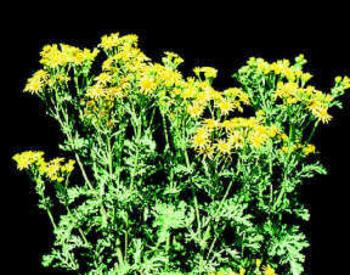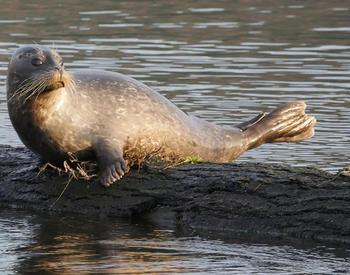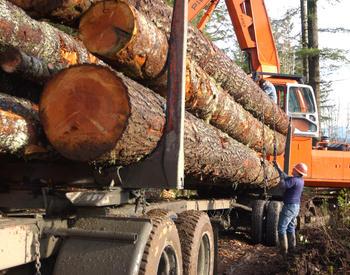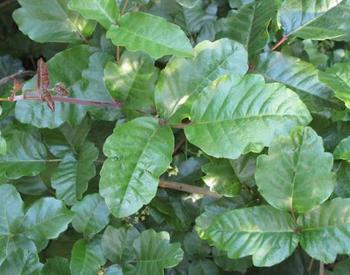A riotous growth of spring often creates a challenge for us to “keep up with the weeds.” We may also be challenged to find the balance between multiple, sometimes conflicting objectives such as:
- Control weeds to reduce competition with trees and crops.
- Keep plants low to reduce fire hazards.
- Discourage unwanted wildlife and animal damage by reducing habitat.
- Favor growth of diverse native plants for wildlife habitat, biodiversity, and beneficial insects.
Recent research at OSU can help us make informed decisions about some of the tradeoffs.1
We know that weed control can make a big difference in survival and especially growth of forest trees. So it is no surprise that researchers found moderate to intensive weed control with herbicides increased tree growth by 3-5 times compared to light or no weed control five years after clearing and planting.
They also showed that:
- Intensive weed control increased the non-native plant species over native species.
- Surprisingly, there was no clear difference in the degree of browsing on seedlings between intensive and light weed control.
- Seedlings surrounded by other vegetation (light or no weed control) were still browsed.
- Seedlings were also browsed in areas where other vegetation was minimized by repeated herbicide application.
- But, animal browse on the competing vegetation appeared to increase seedling growth in the intensively sprayed units after five years.
- Deer and elk did not avoid intensively sprayed areas, but neither did they excessively browse trees when other vegetation was sparse.
It is also no surprise that animal behavior is extremely variable. Much depends on the landscape setting and adjacent habitats as they affect presence and behavior of animals in your patch of woods.
It really helps to get to know the specific situation for important species such as elk and deer and observe how they are behaving in your patch of woods. Researchers made extensive use of wildlife cameras to detect animal presence and behavior. You can too! See the article Wildlife Cameras: a snapshot of what you need to know from OSU Extension.
Wildlife Friendly Weeding and Fuels Reduction
Keeping your landscape clean and green near homes and other buildings is good for reducing fire hazards. But farther out in the woods (>100-200 feet), a different style of weeding and fuels reduction can be used to maintain wildlife habitat. Where it does not compromise other objectives too much, hold off on mowing or clearing grass, herbs, and shrubs until mid-July or later.
Thinning and pruning trees and shrubs is best done in fall and winter to minimize impacts to wildlife and also reduce attraction of pest insects. Rather than uniform thinning or large clearings, clumps, patches, strips, or edges of fields, plantations, and roads, can be quite beneficial while minimizing impacts to trees or crops. In terms of fuels reduction, you don’t have to clear everything. The goal is to make strategic fuel breaks and there is often room to retain clumps, patches, and strips for wildlife as well as aesthetic values.
For more detailed information and advice, see the publication on Wildlife friendly fuels reduction along with other excellent educational resources on Woodland Fish and Wildlife management.
Also, here are some tips on wildlife-friendly mowing: How to Practice Wildlife-Friendly Mowing
While it can be challenging to find the balance, there is much that we can do to meet our objectives for wildlife while controlling weeds and reducing fuels.
From the Spring 2019 edition of Woodland Notes newsletter.
- 1This was summarized in the 2019 Tree School class “Balancing Tree Growth and Wildlife Habitat” by Thomas Stokely (Stokely, Kormann, and Betts, OSU College of Forestry ). They are studying effects of various levels of vegetation management on tree regeneration and other plants and how it affects wildlife species. It is a long-term study on large scale industrial forest regeneration units, but the results may be useful for understanding wildlife interactions with forest management practices.
